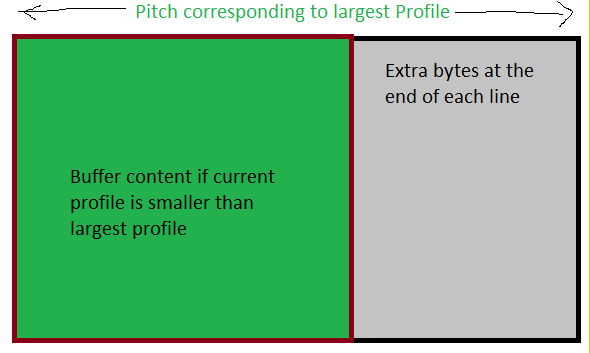Other Parts Discussed in Thread: AWR1243
HI,
I would like to find out the buffer format of 2 sets of data in the processing flow in Vision SDK.
1. ADC buffer format - what does it look like when this buffer is captured in the issCapture Link and is fed to the FFT link for example? Is this buffer a simple flat 1D buffer with no special structure in that doppler index 0 - range bins 0-255, doppler index 1 - range bins 0-255, etc...?
2. The 1st FFT Intermediate Buffer format? Is this simply a flat 1D buffer same as above?
Thanks,
--Khai



